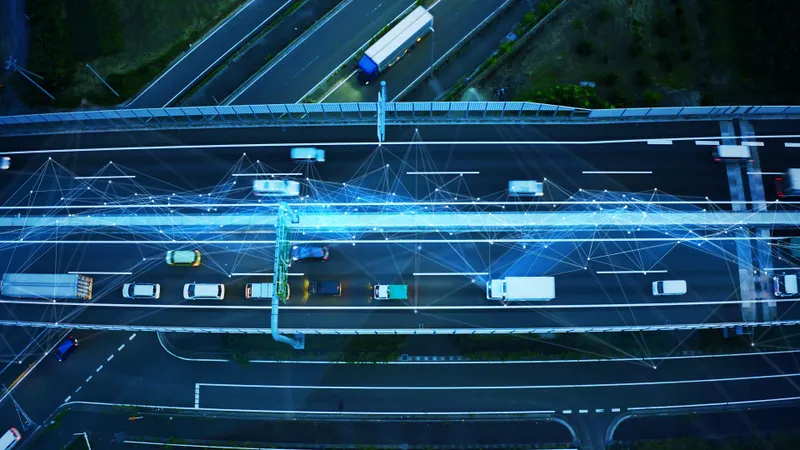The federal government and various industry stakeholders are pushing for vehicle-to-everything (V2X) technology to become more prevalent on national highways, intersections, and vehicles to enhance safety. V2X technology, a form of digital communication, has the potential to prevent accidents, optimize traffic system performance, improve transportation efficiency, and increase awareness of road conditions such as weather and work zones, according to a summary of a plan.
“We firmly believe that we cannot get to zero fatalities in this country without V2X technology,” stated King Gee, Director of Safety and Mobility for the American Association of State Highway and Transportation Officials, during a panel discussion on August 16. His comments aligned with the Department of Transportation’s vision of eliminating traffic fatalities altogether.
A draft version of the plan, released last October, initially proposed more ambitious timelines. However, the final version extended these deadlines, aiming for milestones such as:
- Enabling V2X technology at 40% of intersections nationwide by 2032 and 75% by 2037.
- Rolling out V2X across 20% of national highways by 2029, reaching 50% by 2032, and completing deployment by 2037.
- Ensuring that more than two heavy and commercial vehicle models are equipped with the necessary GHz spectrum to operate on the wireless system by 2032, with over a dozen models targeted by 2037.
While passenger vehicles are included in the plan, the primary focus is on heavy-duty and commercial vehicles. The goal is for 20 vehicle models to communicate within the designated GHz spectrum, with most of these models being heavy-duty or commercial. However, industry stakeholders noted that the technology and plan could evolve and expand over time.
Hilary Cain, Senior Vice President of Policy for the Alliance for Automotive Innovation, mentioned that the auto industry has been advocating for such a plan for years. “We are hopeful that this action by DOT will spur the remaining pieces of the puzzle that need to come into place from some of our federal partners, including those at the Federal Communications Commission,” she said.
State transportation departments in Georgia and Texas have already committed to deploying connectivity infrastructure statewide. Additionally, a pilot project led by the Nevada Department of Transportation is testing next-generation applications along the I-80 corridor from California to New Jersey. “All of these efforts, along with other ambitious projects, will advance the goals and milestones outlined in the plan,” Gee added.
In June, the Federal Highway Administration announced nearly $60 million in grants to support V2X infrastructure across various U.S. locations, including Maricopa County and U.S. Route 60 in Arizona; College Station and the Houston area in Texas; Utah; I-70 and I-25 in Colorado; and more.
